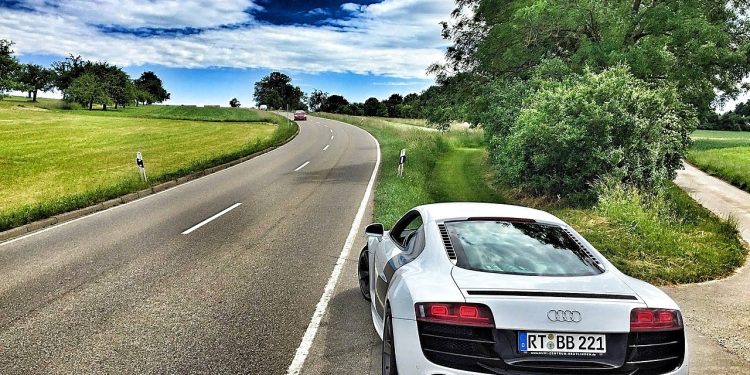Finding the right insurance cover that meets your needs takes a dedicated effort. Make sure to read the policy document and product disclosure statement carefully. If you don’t understand something, ask your insurer. You may have more cover than you thought.
With all the options available, where do you start? Start by identifying what you need in car insurance cover. Find out what options are available and compare them to your needs. Price comes into it, but there are other things to consider that are more important.
Types of car insurance
In Australia, there are four main covers available for motor vehicle insurance.
- Compulsory Third Party (CTP). – This is mandatory personal injury insurance for motor vehicles. It protects other people who may be injured while you drive. It does not cover other vehicles or property. Nor does it protect you and your property.
- Comprehensive – the highest form of protection in Australia. It provides cover for other people’s property. Damage to your vehicle is paid when a collision, theft, and other risks occur. Legal costs are included. Comprehensive covers damage caused by storm, hail, fire, and theft of your vehicle. If your vehicle is stolen, it pays the cost to replace it. It also covers malicious damage.
Should your vehicle be unrepairable, you can choose a value to replace it, called the agreed value. Agreed value — you and your insurer agree on an amount. Or Market value — your car’s resale value at the time of the accident.
Comprehensive provides emergency transport if you get stranded. And will pay for overnight accommodation during the same event. It also covers repair costs no matter who caused the damage—and towing your vehicle after an accident. You set an amount to cover personal effects that could be lost or damaged in an accident.
Optional covers may include windshield replacement and hire car.
People choose comprehensive car insurance if their car is in good condition. Insurers may not cover your vehicle if it is in poor repair or has damage or rust.
- Third-Party Property – provides cover for other people’s property, including legal costs. This prevents you from paying for the damage to someone else’s vehicle out of pocket.
Your vehicle or property is not covered. You may consider this insurance if your vehicle has limited value. Some insurers might cover part of the damage to your vehicle if the other vehicle was uninsured. This cover has a specified limit.
- Third-Party Fire and Theft Insurance. – Will add cover for your vehicle to the Third-Party Property insurance. The coverage has a set limit.
Reasons to consider Your Comprehensive Coverage.
You now know what insurance is available for your car. Look at how each one fits your needs. You may want comprehensive cover if:
- Your vehicle is newer or in excellent shape. If your vehicle is newer, it will cost more to repair or replace. The same is true if it is in excellent condition. Finding another car in such good condition could prove expensive.
- You can’t afford to be without a vehicle. You drive long distances for work or use your car in your work. Having dependable transportation is essential to be able to do specific jobs.
- You often drive long distances on lonely roads. Add the optional roadside assistance cover if you don’t want to be stranded.
- You often carry an expensive laptop or other electronics with you. If you carry your laptop or other electronics back and forth for work. You will appreciate the cover for personal effects.
- You can’t afford repair costs above a certain amount. The cost to get your vehicle repaired and back on the road could be expensive. You don’t want to risk your savings, especially if that cost could be covered by comprehensive insurance.
- Your lender requires you to carry comprehensive insurance. Lenders usually require it if you finance your car. Leaseholders require you to carry comprehensive insurance on any vehicle you lease.
You may want comprehensive insurance, but the premium seems too high. You can lower the premium cost by increasing the excess amount. This is the agreed amount you pay should an accident or other insured event occur.
Off-Road Driving – Are you covered?
Off-road driving requires an add-on to your insurance. This raises the premium. Your insurance provider can explain the requirements for off-road driving.
Read Your Policy Document
The most important thing to consider – read your policy document. Twenty-one percent of car owners are underinsured. Because they did not read their policy document.
Being underinsured puts you at financial risk. Whatever savings you have, plans for the future are gone. Thus, plan and purchase insurance before it’s too late.













